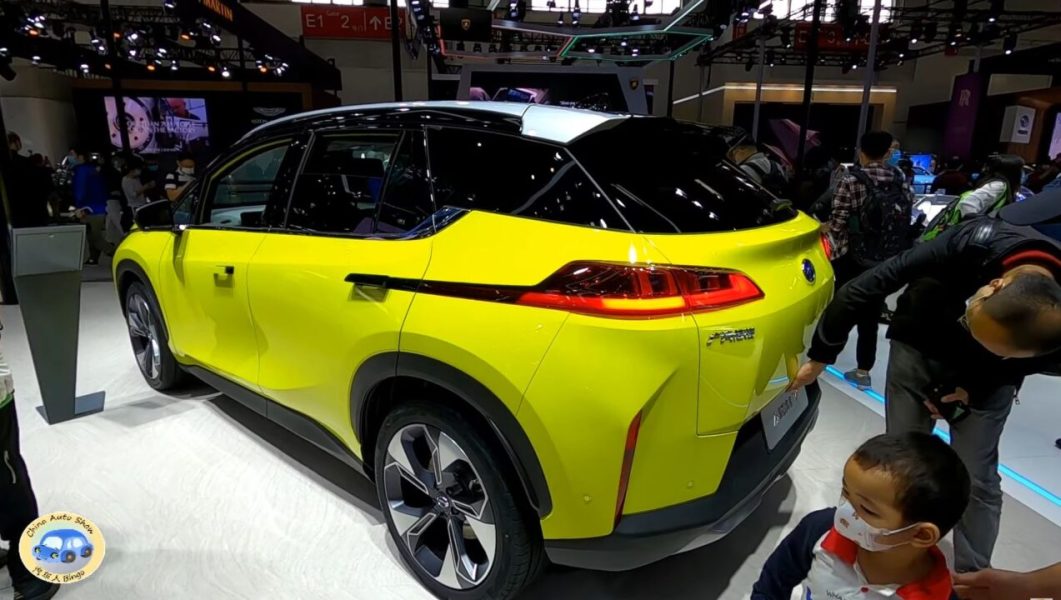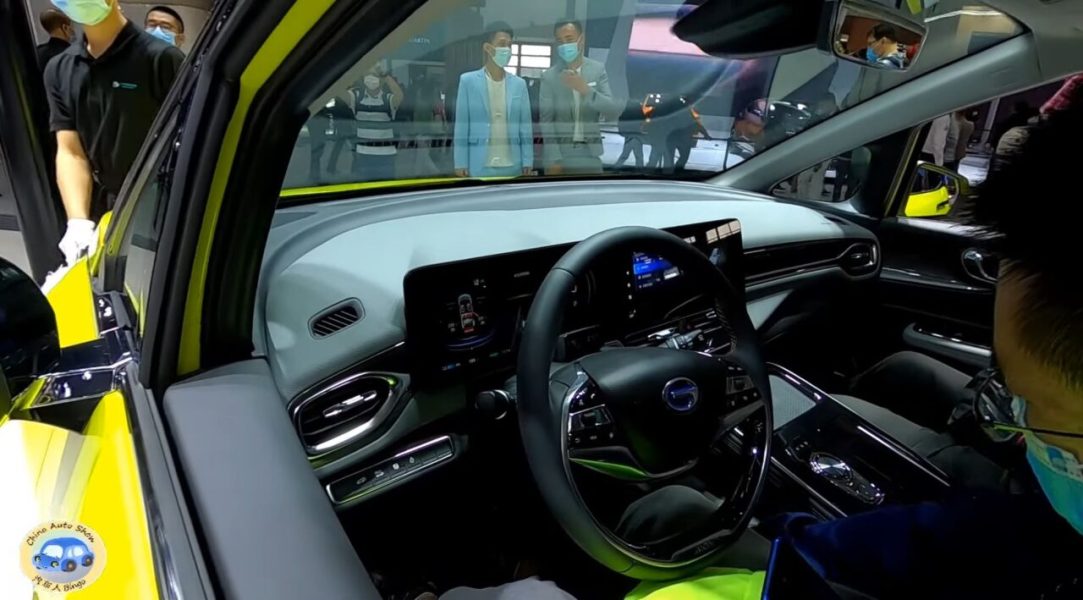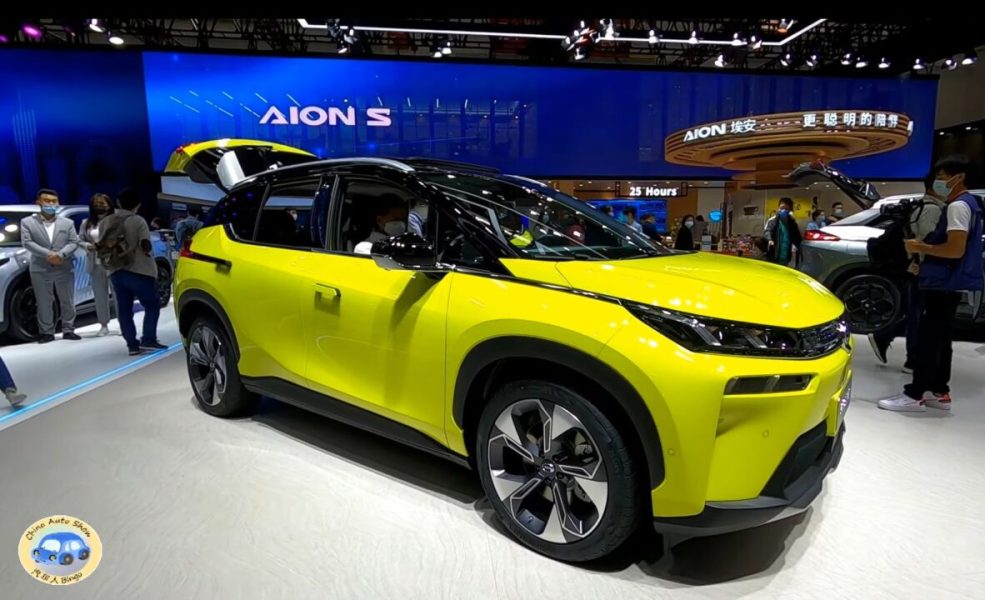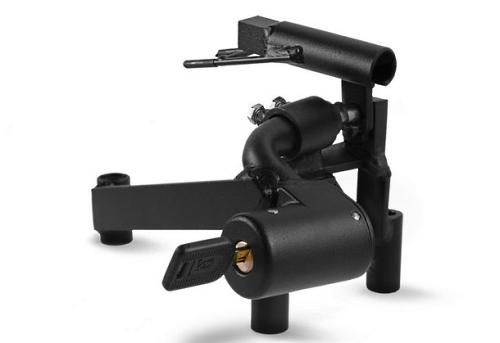
New to a car with a graphene battery? GAC: Yes, in Aion V we are testing it right now. Charging 6 C!
The Chinese GAC says it has received a military security certification for a "graphene battery". It is supposed to allow charging with twice the power of today: when today the peak of advances in the field of electrics is 3-3,5 C (power = 3-3,5 x battery capacity), the graphene battery in the GAC car is said to allow use 6 C.
Graphene batteries - what can they give us?
Table of contents
- Graphene batteries - what can they give us?
- GAC Aion V - what do we know
Recall: in classic lithium-ion batteries with a liquid electrolyte, the anodes are usually made of carbon or carbon doped with silicon. The cathodes, in turn, can be made from lithium-nickel-manganese-cobalt (NCM) or lithium-nickel-cobalt-aluminum (NCA). During battery operation, lithium ions move between the two electrodes, donating or accepting electrons. Where does graphene fit in all this?
Well, when loaded with high power, lithium atoms can form protrusions called dendrites. To block them, we can change the liquid electrolyte to a solid one that the tabs won't penetrate - this is how it works in solid state batteries (solid electrolyte). We can also leave the liquid electrolyte, but wrap the cathode with a material with very high tensile strength and at the same time permeable to ions.
And here graphene comes to the rescue - an almost one-dimensional sheet of bonded carbon atoms:

GAC Aion V - what do we know
Now let's move on to the GAC declaration. A Chinese manufacturer is currently testing graphene batteries in the Aion V model in Mohe, China. Apparently, he received a military safety certificate for them, probably allowing them to be used in electric vehicles. Energy density of graphene batteries must be 0,28 kWh / kg, which advanced NCM cells offer - there is no breakthrough here (source).
The small breakthrough is life expectancy. 1,6 thousand cycles practice. It is not known exactly which cycles are mentioned, but if it is 1 C (charging/discharging with power equal to the capacity of the battery), the result is very good. The industry standard is 500-1 cycles.
Biggest curiosity maximum charging power... It should be 6 C, i.e. a battery with a capacity of, say, 64 kWh - as in the Kia e-Niro - we could charge with a maximum power of 384 kW. Tesla Model 3 with a 74 kWh battery could accelerate to 444 kW! It means that after 5 minutes charging the car will be completed not less than 170 kilometers of real range (200 WLTP units).
The graphene battery used in the GAC Aion V is presumably only 5-8 percent more expensive than a standard lithium-ion battery... Serial production of the car with new batteries should begin in September 2021.
Opening photo: GAC Aion V (c) China Auto Show / YouTube



Editorial note www.elektrowoz.pl: The presented application of graphene in a lithium-ion cell is just one of the possible applications. Research in recent years shows that this particular technology is the most advanced, so we expect the GAC to go the graphene-NMC route. However, the car manufacturer does not disclose the details, so the above description should be considered speculation.
This may interest you:
